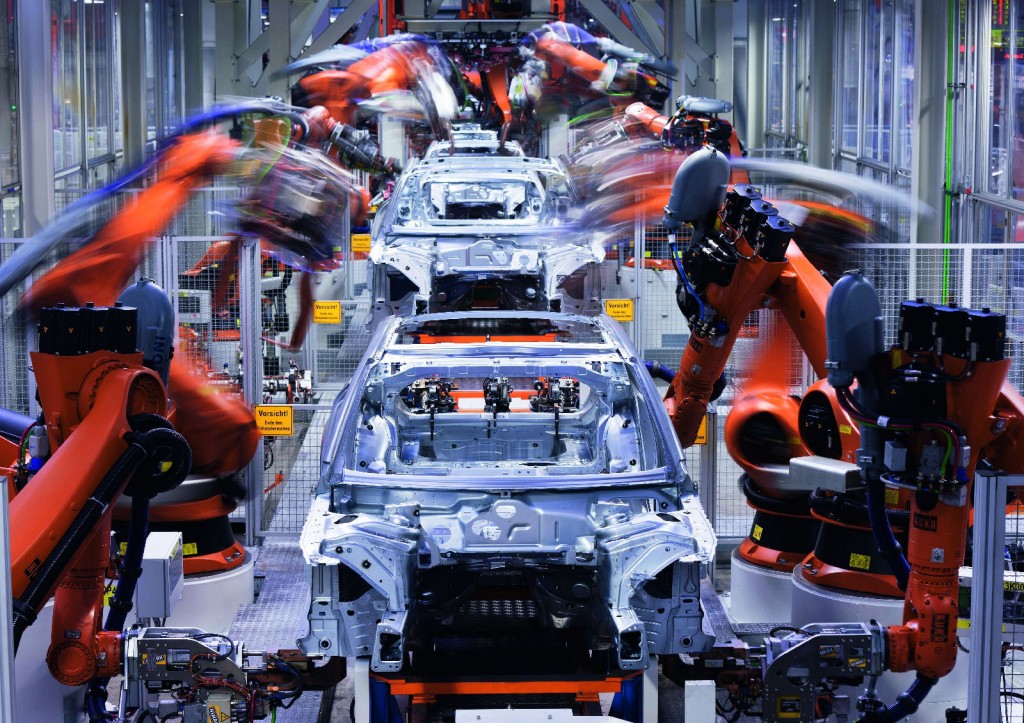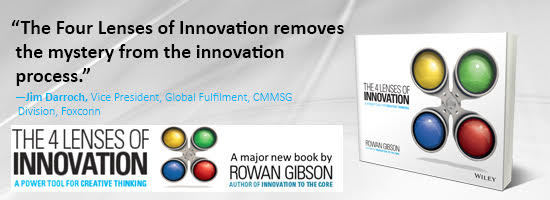Entrepreneurship and Innovation in the Auto Industry

The American auto industry saw a remarkable period in history in the ’50s and ’60s, where a small handful of automakers reigned supreme, dominated the global marketplace, created countless high-paying blue-collar jobs, and generated tremendous profits for shareholders.
When an industry achieves the status the auto industry achieved during that time, it tends to get lazy. With so much money coming in, there is little reason to innovate, and those large companies become stagnant. The American auto industry, once the undisputed king of the world and primary driver of the American dream, has seen its rise and fall.
The reasons for the auto industry’s fall included the gas crisis of the early ’70s, which opened the door for smaller, more fuel-efficient foreign cars to gain a presence in the US market, and for the first time in decades, bring in serious competition to Detroit’s Big Three, which had become complacent and maybe a little arrogant, and had long since lost its edge. They failed to innovate and failed to adapt to new market realities.
The decline could have been predicted as early as 1964 with the fall of Studebaker, which employed 22,000 at its peak. The closing of the plant devastated its headquarter city of South Bend, Indiana. The Big Three thought at the time that such a thing could never happen to Detroit. They were wrong.
Former GM Vice Chairman Bob Lutz once blamed the industry’s downfall on five distinct factors, including CAFÉ standards for fuel economy, the foreign exchange rate, management’s focus on financial returns over product excellence, union demands, and the media. Lutz missed the mark on most of those factors, although he had the right idea in stating that management’s focus on profit optimization over innovation and excellence was a big factor. This in fact was the leading factor in the industry’s troubles more than anything else. Innovation could have overcome the industry shift towards more fuel efficiency, had the industry taken a different approach.
For years, the auto industry’s business model revolved around a strategy of “let’s keep on doing what we’ve been doing.” That only works for so long.
Where the auto industry is going…
The auto industry will continue a transformative shift over the next ten years. Not only will the manufacturing center shift away from the industrial Midwest to the Southern states and to Asian and South American countries, we will see a redefinition of how people interact with their automobiles. This redefinition will dramatically change how automobiles are manufactured.
A similar transformation occurred in the telephone business. A telephone – once a heavy black set with a cord and a rotary dial – changed very little for many years, until the smartphone came into being, transforming a telephone into something else entirely – not just a phone, but a platform with an operating system, on which innovative apps can run. Smartphones aren’t used just for making phone calls – they are a hub of technology, holding multiple apps for convenience and entertainment. The telephone industry went from a relative handful of dominant players, to thousands of competitors manufacturing not only phones, but the tens of thousands of apps which run on those phones.
Telephones became more than the device itself. They became receptacles for apps that empowered users in their daily lives. The same thing happened in the personal computer industry, with the PCs themselves taking a back seat to the operating systems which drove them.
Automobiles are becoming the same – and in the near future, the automobile itself will be de-emphasized, with the focus being on the apps, Internet of Things connectivity, and other intelligent technology that run on the automobile platform and serve to enhance the user’s lifestyle. “What kind of car do you drive?” will be replaced by “What auto apps do you have?” Or even, “What operating system does your car run?” The automobile will become less of a self-contained home on wheels, and more of a platform for added value, with an operating system at its base which powers the apps that provide the differentiation and innovation.
David Gauze, Advertising Manager at AutoBodyToolMart, foresees a major shift in now only how automobiles operate and what they can do, but how they will be repaired. “We’re already seeing driver-assist technology reducing accidents,” said Gauze. “Self-driving cars which are able to communicate with one another and communicate with the roads themselves will further reduce accidents, creating less need for auto body repair.
Self-diagnostics too, will enable auto repair shops to more accurately assess a car’s problems instantly and often remotely, before the car is even taken into the shop. And finally, Internet of Things connectivity will facilitate a direct connection between the car’s diagnostics, the operator, and the repair shop, issuing instant alerts before they become serious problems, automatically scheduling appointments, and even allowing the car to drive itself to the repair shop.”
Gauze notes that those repair shops will not only need to be proficient in repairing progressively more sophisticated and automated cars, they will also have to be proficient in the car’s operating system and in all of the apps which run on that operating system. “In the case of an operating system or app failure, repairs may even be able to made remotely from a central service center, without ever having to physically bring the car in for service.”
As automobiles move into the next phase, there will be a window of opportunity for entrepreneurs to gain a foothold into this re-invented industry. Much like the smartphone allowed tens of thousands of entrepreneurs – many of them smaller, one-person development shops – the re-invented automobile will allow thousands of entrepreneurs to develop platforms, operating systems, and apps; create remote service centers and a new type of maintenance offering; and facilitate the automotive Internet of Things that will connect those cars to the rest of the world.
image credit:Â bbj.hu

Wait! Before you go…
Choose how you want the latest innovation content delivered to you:
- Daily — RSS Feed — Email — Twitter — Facebook — Linkedin Today
- Weekly — Email Newsletter — Free Magazine — Linkedin Group
 Dan Blacharski is a thought leader, advisor, industry observer and author of the book Dotcloud Boom. He has been widely published on subjects relating to customer-facing technology, fintech, cloud computing and crowdsourcing, and he is editor of NewsOrg.Org. Follow @Dan_Blacharski
Dan Blacharski is a thought leader, advisor, industry observer and author of the book Dotcloud Boom. He has been widely published on subjects relating to customer-facing technology, fintech, cloud computing and crowdsourcing, and he is editor of NewsOrg.Org. Follow @Dan_Blacharski
NEVER MISS ANOTHER NEWSLETTER!
LATEST BLOGS
How Brexit Has Affected UK E-commerce Businesses
Photo by Zyro on Unsplash The popularity of online shopping was already growing at an impressive rate – and…
Read MoreOvercoming range anxiety: three tips for EV owners
Photo by Jenny Ueberberg on Unsplash In the last few years, electric vehicles (EVs) have become more and more…
Read More

